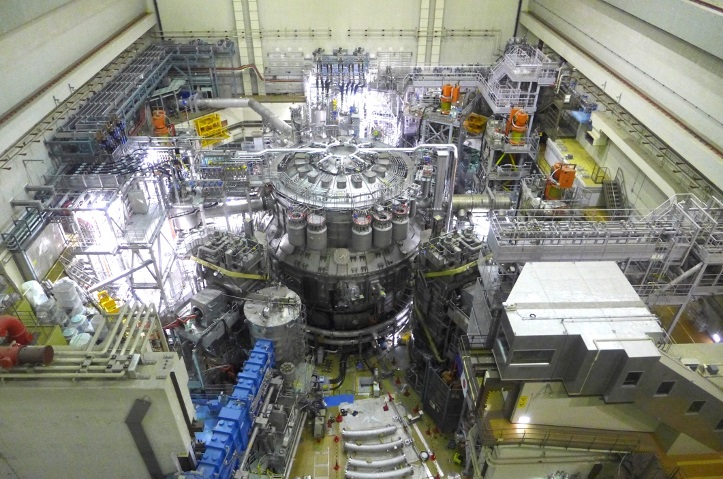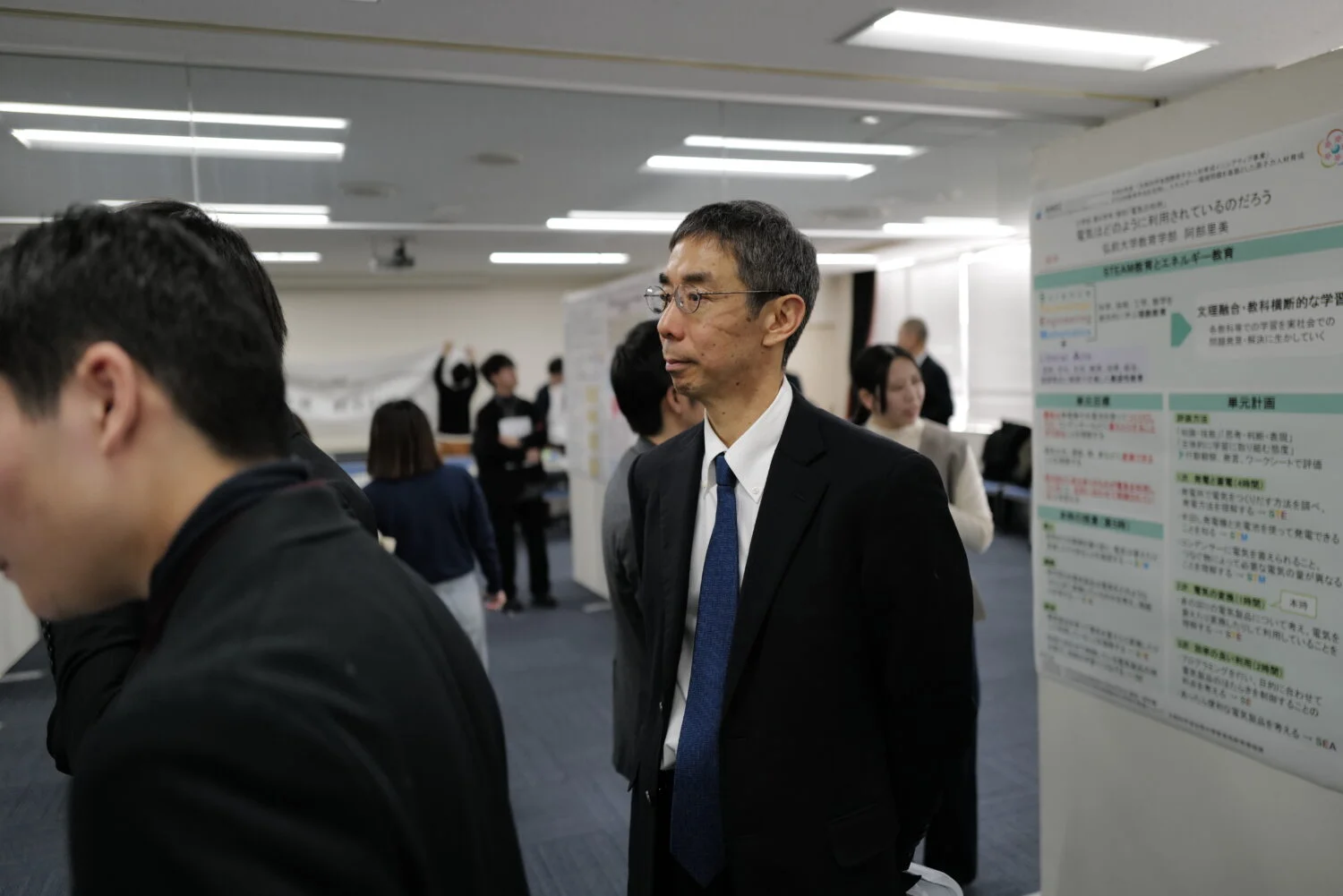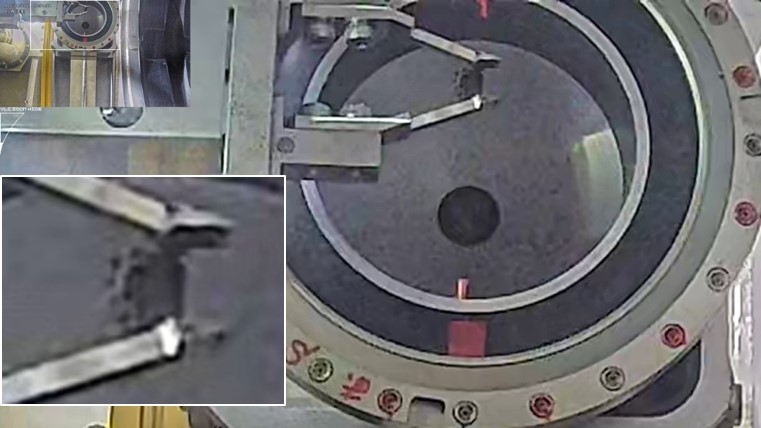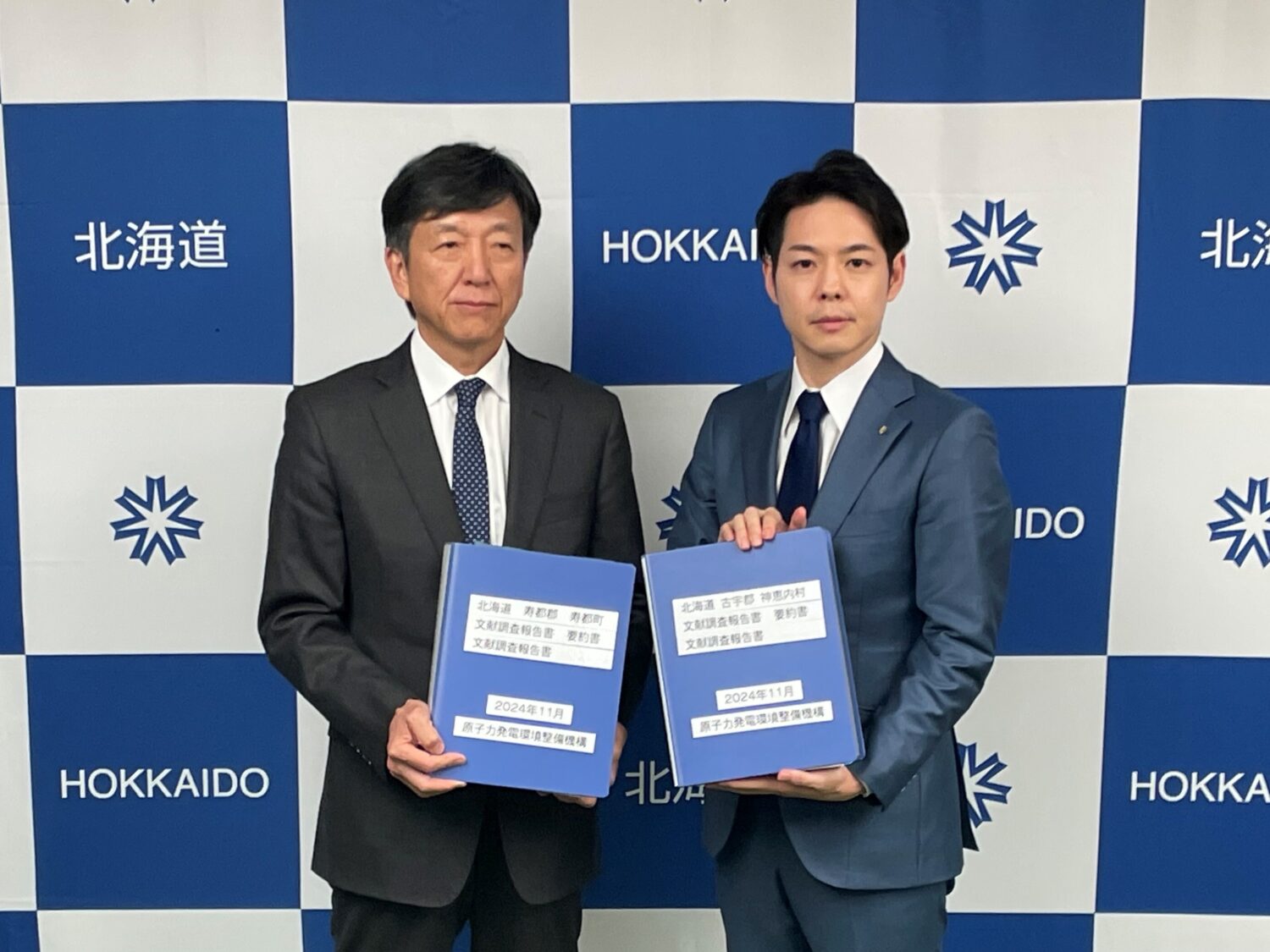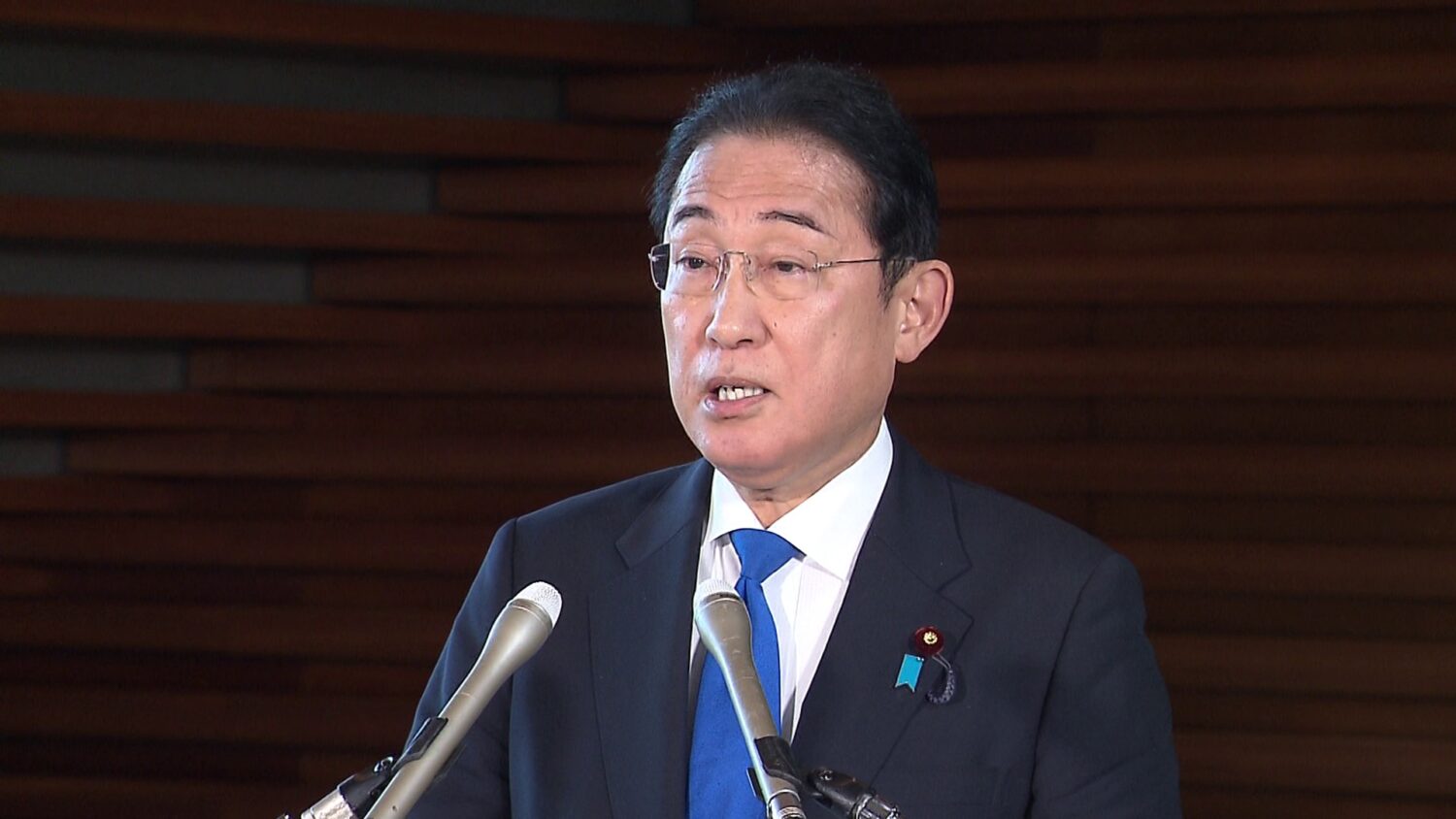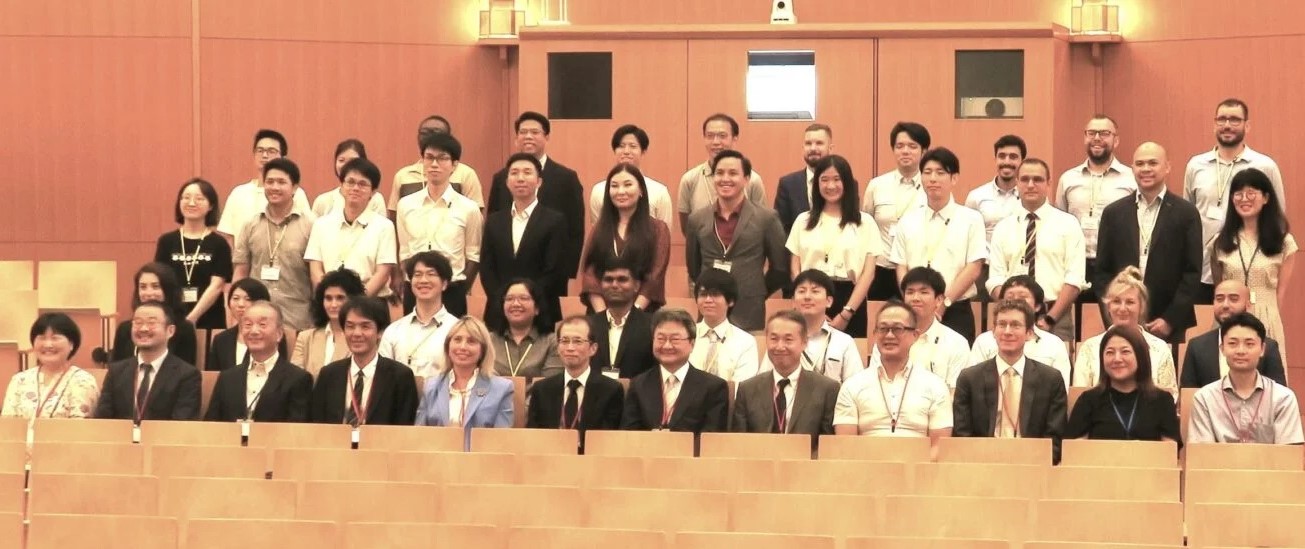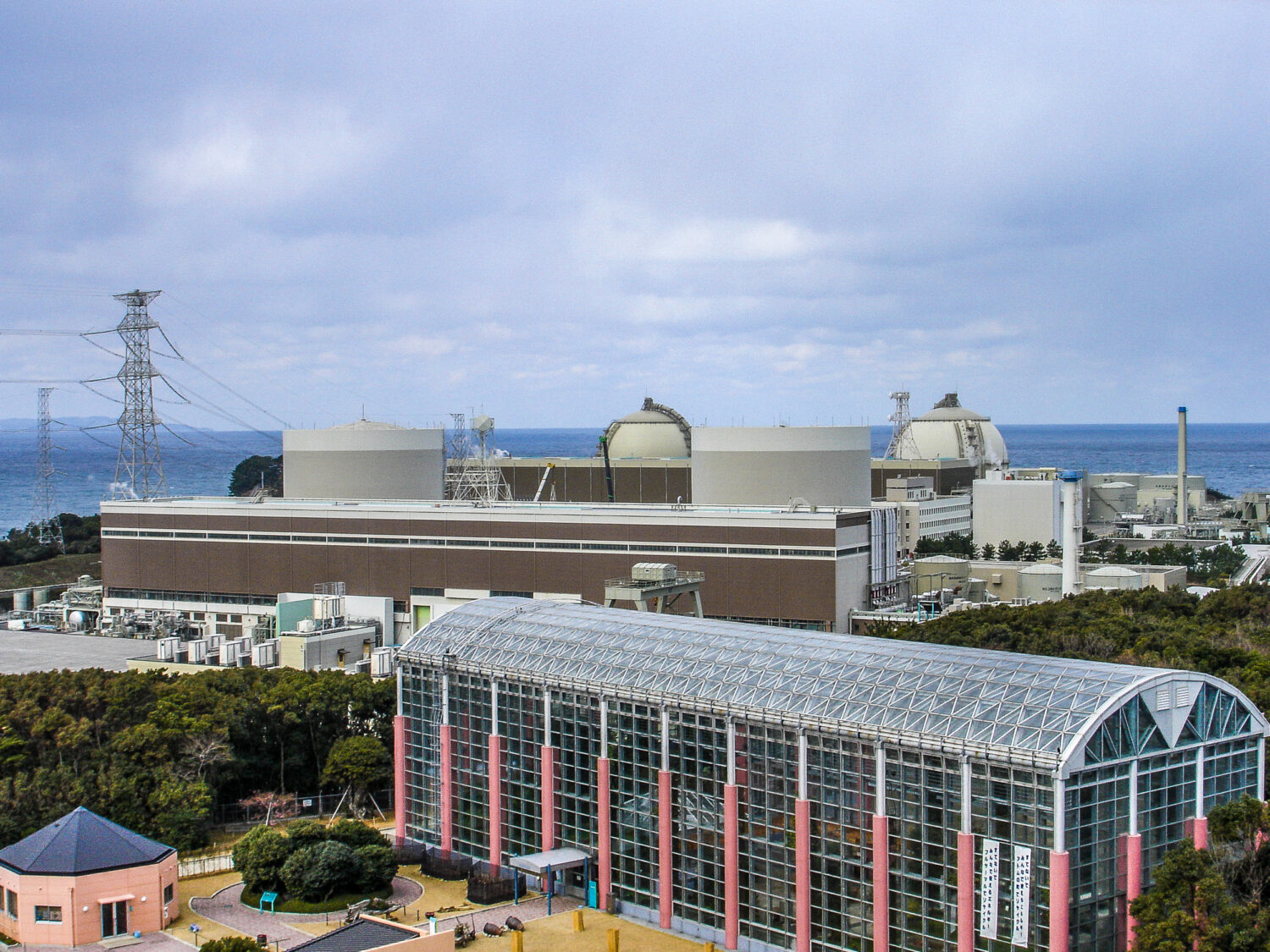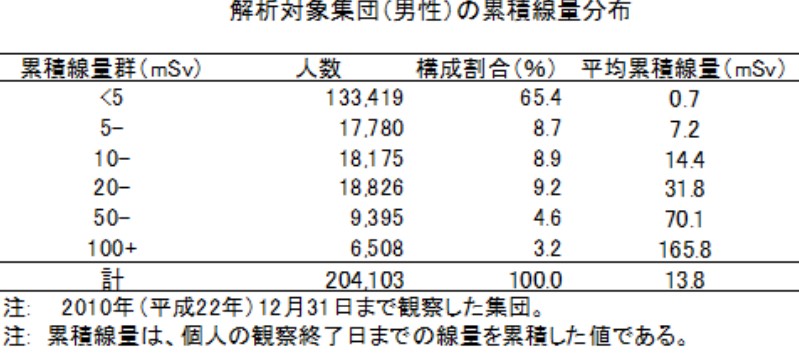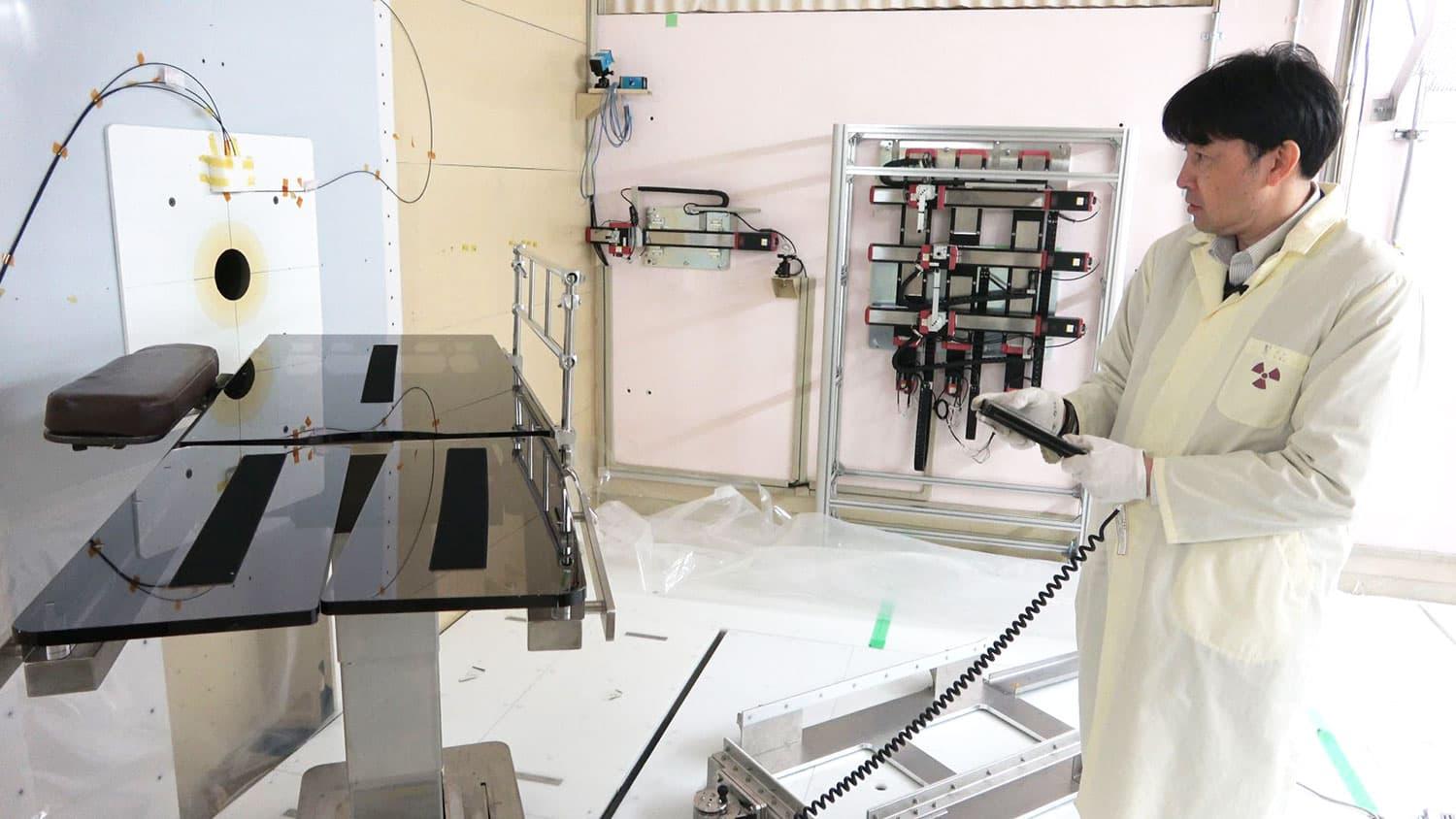The security light was made from clearance metal that came from a refueling machine previously installed at the Tokai Nuclear Power Plant (GCR, 166MW), owned by the Japan Atomic Power Company (JAPC), and now in the process of being decommissioned. The hexagonal design suggests a daffodil, the official flower of the prefecture.
The nine students who designed the light belong to the Asai Seminar, led by ASAI Yukinori, who teaches at Fukui Minami High School. Its members work on societal issues at their own initiative, including nuclear power and geological disposal. They are known also for having annually conducted a survey of high school students’ awareness of nuclear energy since 2021.
Inspiration for creating the light―and using clearance metal, which was not yet well accepted in the prefecture―came from the fact that quite a few accidents have occurred involving students walking from the school to the nearest train station at night and stumbling into rice paddies in the dark. The new security lights will be installed along that route, as well as at the citizens’ hall, and will also be distributed to other municipalities in the northern part of the prefecture.
Clearance metals contain only very low concentrations of radioactive substances, without significant effects on public health. Prior to the installation of the lights, the students held explanatory meetings for local residents to help them gain understanding of the facts.
The students have received various prizes for their activities from, among others, the Asian Foundry Congress and the Atomic Energy Society of Japan (AESJ). One of the students, NISHIDA Momono—who said that she had learned about uses of clearance metals while studying nuclear power—told the governor that the group would like to “assist in furthering the use of nuclear power and getting the clearance system understood by society.”
After listening to the students’ report pleasantly, Governor Sugimoto said, “It is marvelous the way you recognized an issue involving nuclear power, connected it to something in your daily lives, and came up with the idea to make security lights using clearance metal. I’m especially impressed that concern for your fellow students and their safety led to the idea. I commend you for tackling a major societal issue.”
He then said that while many people understand the importance of nuclear power, they want to hold waste from nuclear power plants (NPPs) at a distance and have been reluctant to see it utilized, even when it is safe. “The prefecture is engaged in Japan’s first effort to recycle and commercialize clearance metal. We intend to make the security lights one of our specialties,” he said.
Governor Sugimoto also referred to the NPPs located in the prefecture, saying, “They do more than generate power. They are also quite effective in reducing CO2 emissions. By providing affordable electricity, they are part of the foundation for the growth of society.”
The governor pointed out that Japan’s power requirements could not be met without nuclear power. He said that he thought there was a contradiction in the current situation, in the sense of using nuclear energy because it is affordable, while recoiling from it at the same time. He then said that it was part of human wisdom to see the risks in things and then make them safe.
After that, the governor also touched on the results of the nuclear power awareness survey conducted by the seminar students. “The survey results were shared among prefectural assembly members, and I read them, too. Within the prefecture, there is a significant difference in attitudes toward nuclear power between people in the south, where the NPPs are, and in the north, where there are none. The attitudes in the north,” he said, “appear to be similar to those in Tokyo.”
He went on to say that the prefecture wants to hold discussions with educational bodies and boards of education about whether energy can be included in school curricula in the prefecture at an earlier stage.


